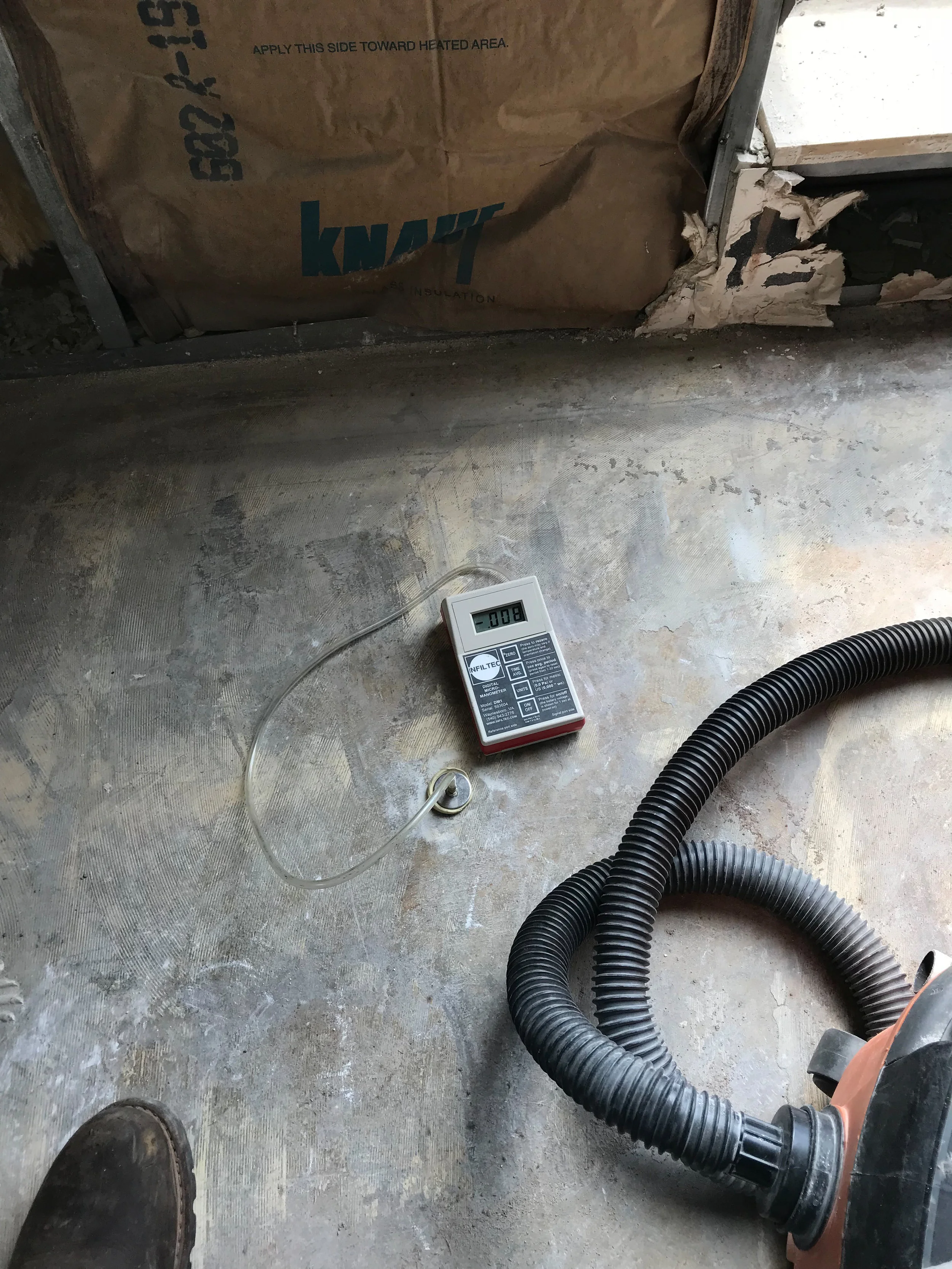California Attenuation Factor for Vapor Intrusion – What You Need to Know
/The California Department of Toxic Substances Control (DTSC) will soon be publishing its study to support development of California-specific attenuation factors for vapor intrusion to indoor air.
What is vapor attenuation?
Vapor attenuation refers to the reduction in volatile chemical concentrations that occurs during vapor migration in the subsurface, coupled with the dilution that can occur when the vapors enter a building and mix with indoor air. Many real property owners experience decision-making challenges due to uncertainties when performing soil vapor intrusion studies for indoor air quality evaluation or to support their property transaction due diligence. Vapor migration in the subsurface, in building foundations, and within buildings is complex and influenced by many natural and human-caused factors.
(Source: www.waterboards.ca.gov)
New Environmental Screening Levels
To address the concern that potential risks associated with vapor intrusion into indoor air will be underestimated, the February 2020 draft guidance from the DTSC and California Water Resources Control Board for screening and evaluating vapor intrusion recommends using only one attenuation factor (AF) – the U.S. EPA empirically-derived AF of 0.03 for sub-slab and subsurface soil vapor. For comparison, the previous residential Environmental Screening Levels (ESLs) used model based recommended AFs that are an order of magnitude lower. This has resulted in more stringent soil gas and groundwater vapor intrusion ESLs to use as the basis for regulatory response and transaction decisions.
DTSC California Attenuation Factor Study
While the DTSC recognizes that although the guidance to use the single U.S. EPA attenuation factor is protective of public health under most building occupancy scenarios and for use as an initial screening tool, the attenuation factor itself may not be representative of conditions in California. Most of the data that U.S. EPA used to generate the attenuation factor were from sites in other states with colder climates, while the California data only included a small local set from the San Francisco Bay area. Additionally, greater than 75% of the sites used in the U.S. EPA study were residential homes with basements. Less than 5% of California homes have basements. Thus, DTSC has been working to derive an AF that is typical of climatic conditions and types of buildings in California. The preliminary data presented by DTSC shows that similar to the previous guidance, residential AFs are less than non-residential AFs. Peer review of the DTSC study is scheduled to be completed by the end of 2020.
Site Cleanup + Vapor Intrusion Mitigation Systems
To address the threats to human health or the environment as well as the uncertainties of screening and regulatory cleanup levels, affected property owners are using site cleanup combined with vapor intrusion mitigation systems. Although the mitigation measures address short-term risk, they are not a substitute for cleanup. The measures require covenants for long term operation, maintenance, and monitoring, typically under regulatory agency oversight, to ensure effectiveness. Where subsurface conditions are favorable, contaminant-destructive in-situ remedial technologies may eliminate or significantly reduce long-term vapor intrusion risks.
Addressing vapor intrusion to protect people from exposures that may pose a risk of adverse health effects is critical, complex, and has been frequently changing. A thorough site-specific evaluation of the soil vapor assessment, remediation, and mitigation is recommended to address potential vapor intrusion risks when we recycle contaminated land.
KERAMIDA’s experienced California vapor intrusion consultants are ready to assist you. Contact us for a quick response or call (800) 508-834 today to speak with one of our professionals.
KERAMIDA offers comprehensive vapor intrusion services from initial assessment through mitigation design and installation for both commercial and residential buildings. Our vapor intrusion professionals are experts in VI testing, mitigation, and sub-slab vapor remediation in all types of buildings and foundations.
KERAMIDA's Sacramento and L.A. offices provide Sustainability, Environmental, Health and Safety services tailored to meet the needs of California business and industry. Our Qualified Industrial Storm Water Practitioners (QISPs) assist with stormwater compliance, industrial stormwater permitting, SWPPPs, and more.
Contact:
Jodie Crandell, QISP, QEP, TOR
Senior Project Manager
KERAMIDA Inc.
Contact Jodie at jcrandell@keramida.com











